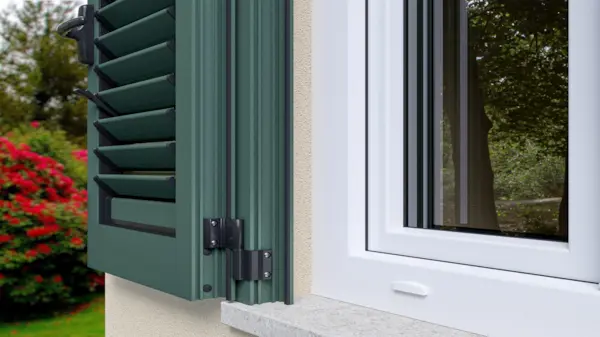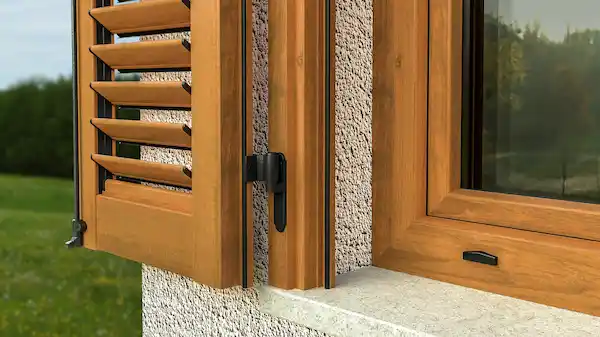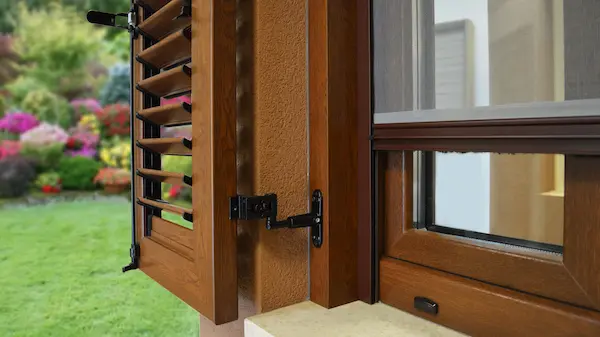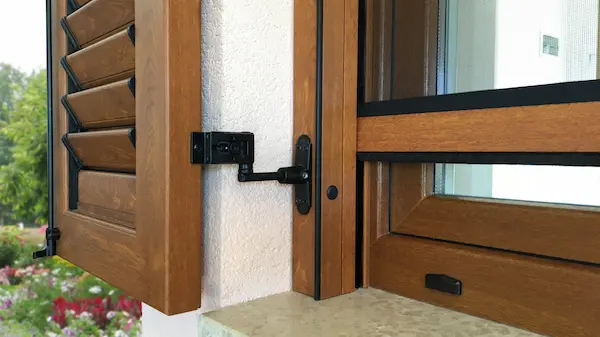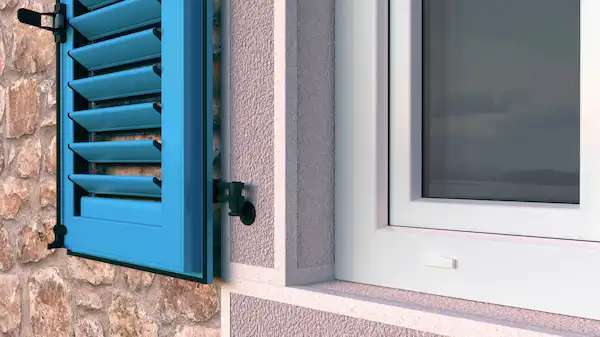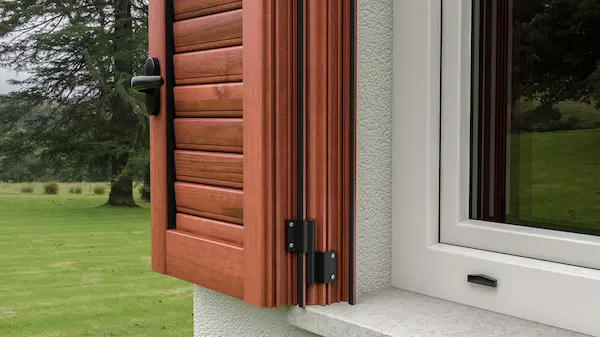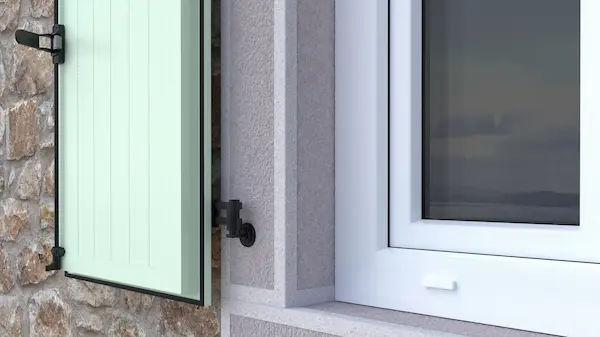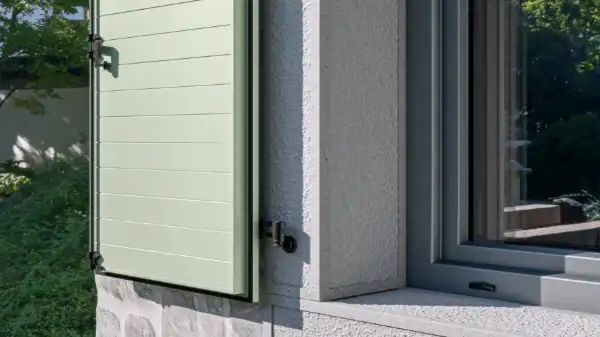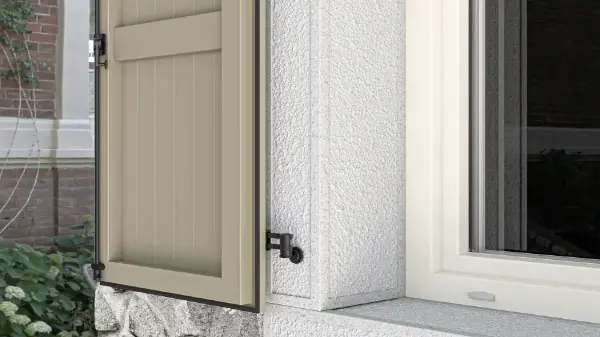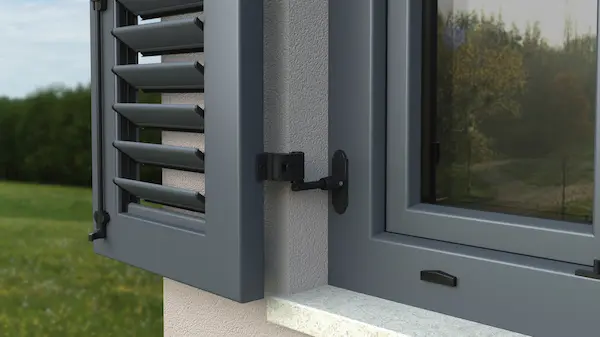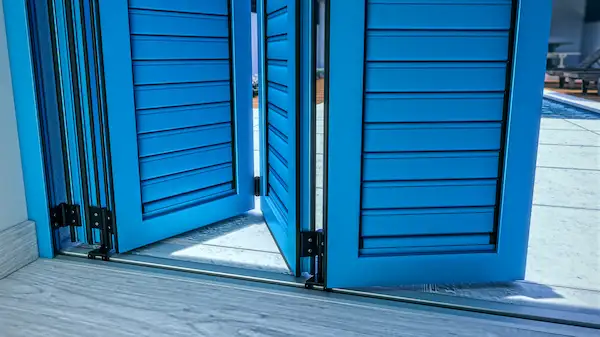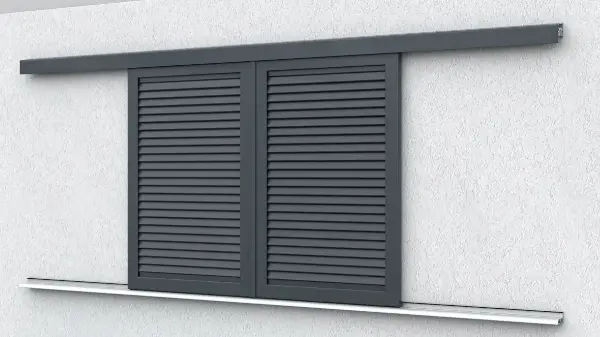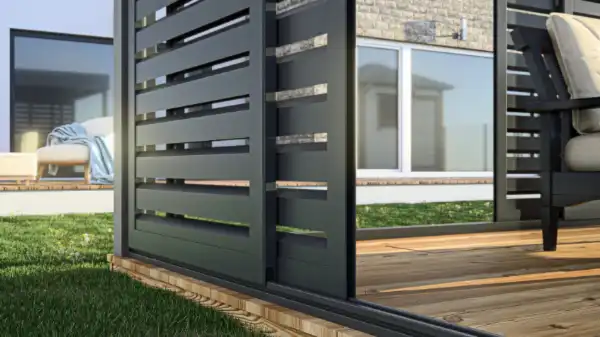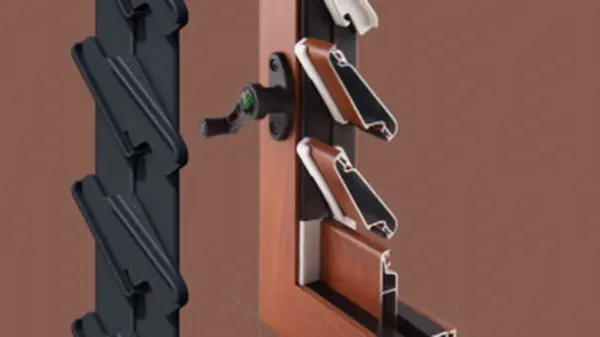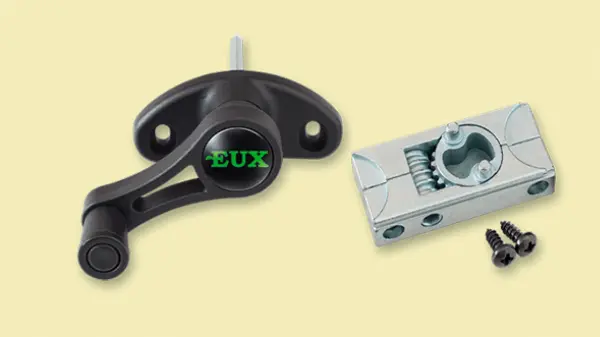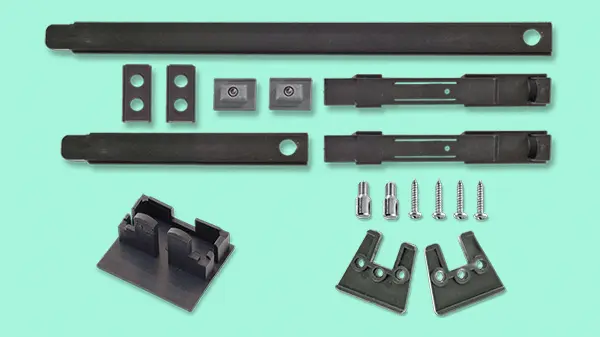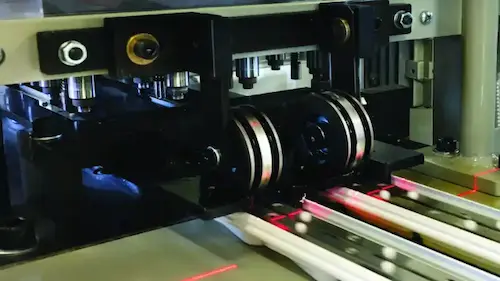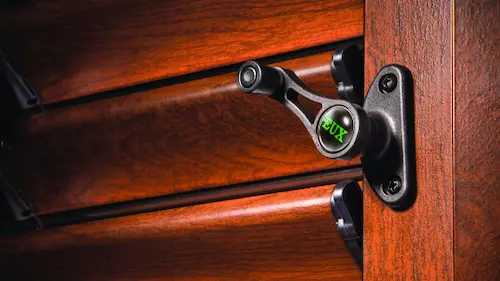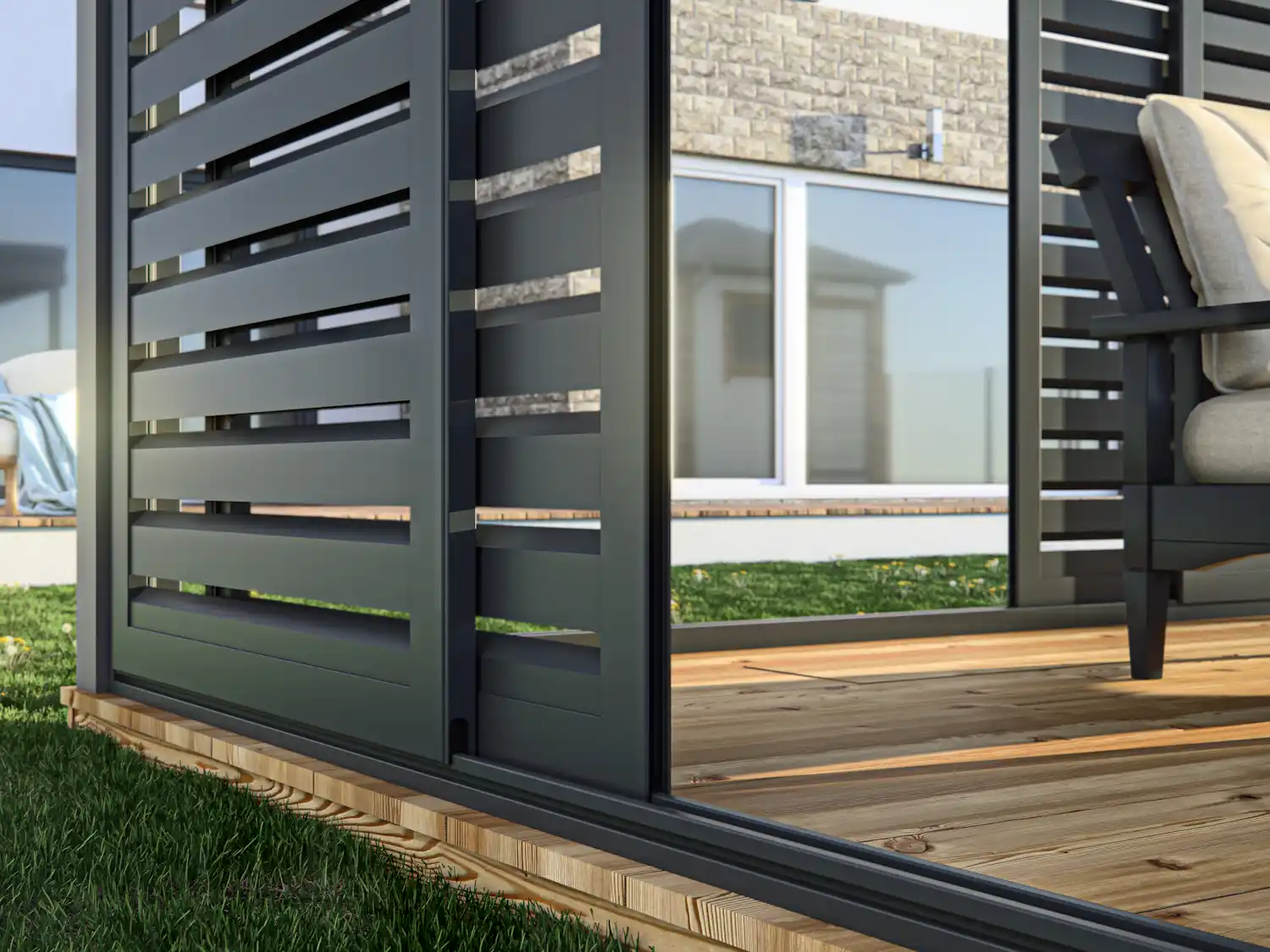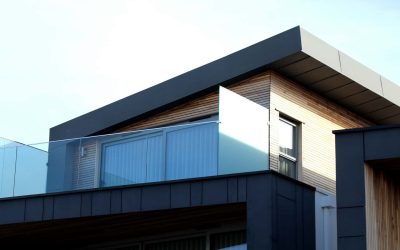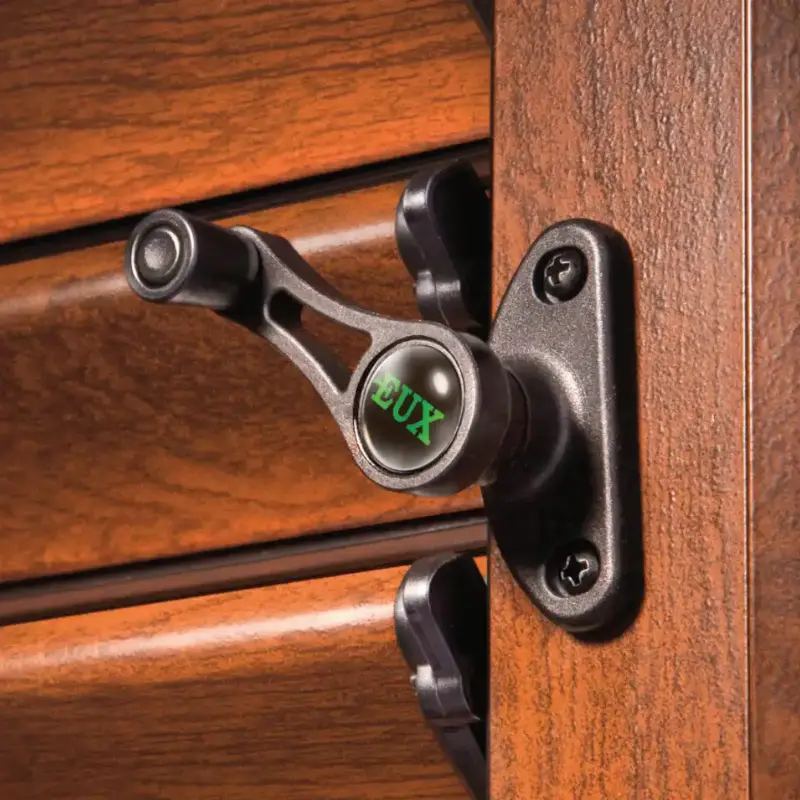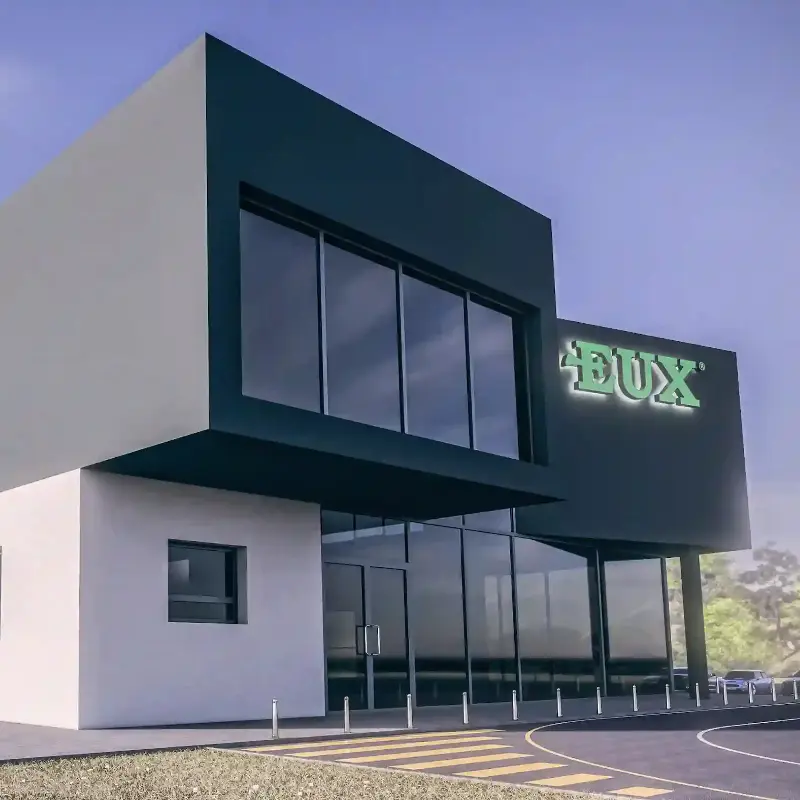Advantages of aluminium as a material
The technology of today uses a variety of different materials with numerous applications. In order to meet a number of requirements set by the technologies aiming to improve life and the quality of life, substantial investments are being made within the industry in terms of material research and development.
The need for quality and specific properties of different materials is essential in civil engineering and allied industries with high standard requirements for each material used in designing and constructing of the building. The material must meet the specific standards, and its finishing must meet project requirements.
In addition to material quality, its aesthetic appeal is also considered, which must be in line with the space in which it is installed, well-presenting the architectural features and the building’s design solutions.
The material which has become extremely important in modern construction is the very aluminium. Its scope of application is very wide and, besides being used in a variety of different structures, it occupies the most important place in the joinery industry, including aluminium shutter production, due to its property as a reliable material.
Aluminium properties
Aluminium is a chemical element within the Periodic Table with the symbol ‘AI’, the atomic number 13 and the atomic mass of 26.9815386(13). It is named Aluminate as part of the anionic complex, while its archaic Croatian name was Glinik.
Aluminij je srebrno-bijeli sjajan laki metal, a nakon kisika i silicija najrašireniji element u Zemljinoj kori (8,1% težinski). U kori se nalazi kao sastavni dio gline i mnogih stijena, što ga čini najzastupljenijim metalom na našoj planeti. Usprkos tome, nije bio izoliran u elementarnom stanju sve do 1825. godine kada ga je izolirao danski fizičar H. C. Ørsted. . In 1827, the German chemist Friedrich Wöhler managed to extract a pure aluminium powder which was even more expensive than gold at the time.
The advantages of aluminium as a material are evident in its basic properties of a very soft, brittle, tough and malleable metal, resistant to atmospheric gases, acid and corrosion. Its low density amounting to 2.70 g/cm³ makes it a good heat and electricity conductor.
Due to its compact surface oxide layer, it is insoluble in water and stable in air. As a metal, it is very reactive, but it is protected with a thin, transparent oxide layer forming fast when exposed to air and is the cause of its durability. The thin oxide layer is structurally bound to the metal surface. It does not peel off and thus protects the metal from further oxidation. Although it is only a few thousandths of a millimeter thick, the oxide layer is so dense that moisture and air cannot penetrate the aluminium.
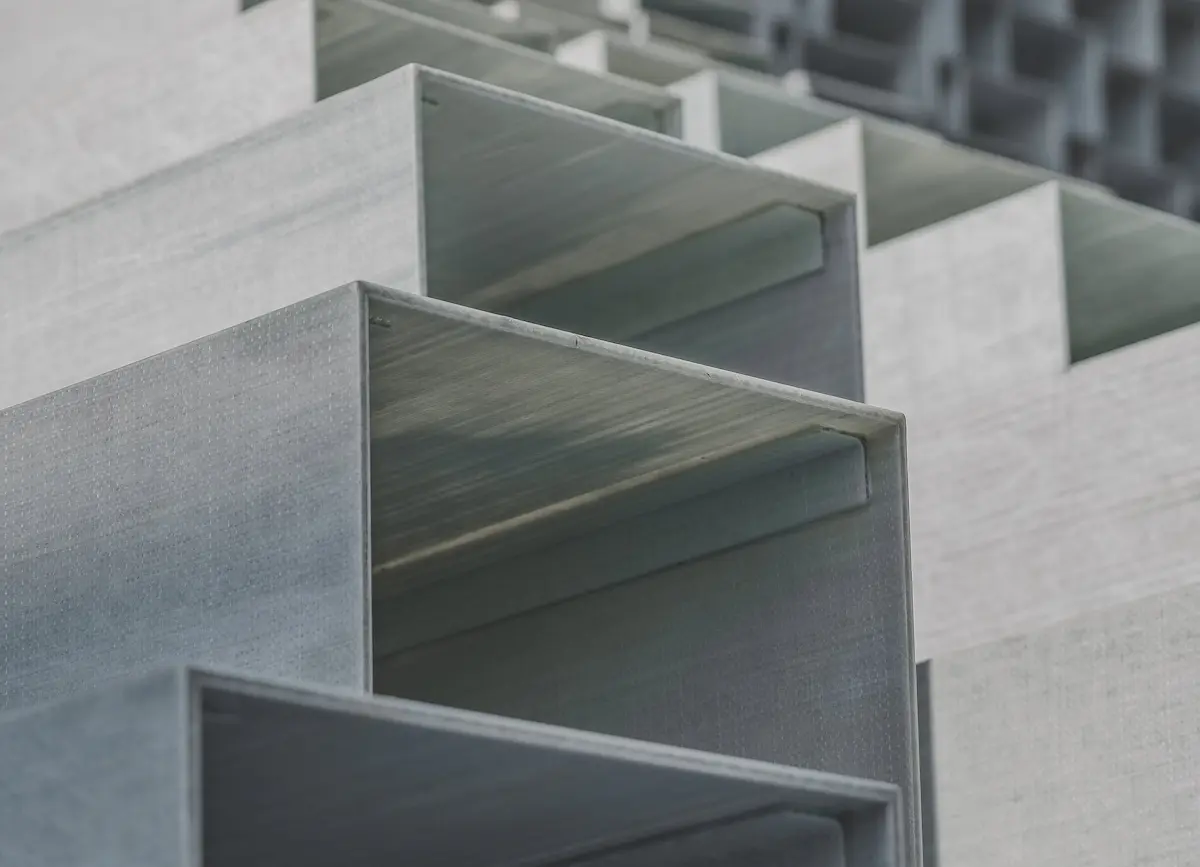
Aluminium production is performed using the Bayer process from bauxite, which is the main source of aluminium. The purity of thus obtained aluminium is over 99%, and it can be further refined to achieve purity over 99.99%. The bigger the value of aluminium purity, the bigger its resistance to chemical agents and electrical conductivity.
However, the obtained pure aluminium is soft i comparison to its alloys, such as copper, manganese, silicon, magnesium and zinc. Alloys have better properties and mechanical resistance, low density and great material strength. Specific alloys can achieve a high resistance to corrosion and chemical agents, strength, toughness and are easy to shape and cast. Resistance to corrosion can be additionally increased by thickening its surface layer through anodising.
Owing to its desirable properties, and its low density and lightness in particular, the advantages of aluminium as a material are used in various industries, such as:
- packaging industry (aluminium foil, cans, etc.)
- aviation
- shipbuilding
- aerospace industry (aluminium percentage in spacecrafts is over 80%)
- power lines
- automotive industry
- information industry (transmitters, mobile phones, etc.)
- civil engineering (wiring, building elements, etc.)
- joinery
As we can see, aluminium is really a versatile material and is, therefore, the second most frequently used metal after steel. However, it is likely that it exceeds steel for its outstanding strength and mass ratio. Demand for aluminium is evident in the global annual consumption of as much as 48 million tonnes and 20 million tonnes of its processed products.
15 advantages of aluminium as a material
The advantages of aluminium as a material are linked to its outstanding properties described below and can be universally implemented in almost all the industries and upon each application. In this way, all the advantages of aluminium as a material have become an essential factor in the area of production and construction.
Resistance to corrosion
As noted earlier, aluminium exposed to air and moisture forms a protective surface oxide layer resistant to corrosion. Thus, aluminium deteriorates more slowly, finding its purpose in a variety of industrial and construction environments, as well as in kitchen furniture and automotive industry. This natural aluminium property makes it resistant to fire and therefore an excellent material used in residential and commercial buildings.
Thermal and electrical conductivity
Aluminium is an excellent heat and electricity conductor. In comparison to copper, it is three times lighter, conducting up to 60% of its standard value. Owing to such properties, aluminium plays a significant role as a copper substitute in chemical and food industry, as well as aviation. With respect to heat, modern aluminium with a polyamide thermal break forms a barrier between the cold outside and the heat inside, retaining maximum heat inside the building. Aluminium shutters thus have a positive impact on thermal insulation in all the buildings in which they are installed.
Reflectivity
Aluminium has a high electromagnetic spectrum reflectivity, including the one of sunlight and heat. Its properties are very important for aluminium shutters as it reflects as much as 80% of sunlight and 90% heat striking its surface. In addition to its excellent properties suitable for shutters and blinds, aluminium reflectivity increases the visual, aesthetic use of aluminium shutters.
Nontoxicity
Aluminium nontoxicity is the reason why it is used in food industry and coking environment. As for the shutters, it is a better solution in comparison to the ones made from PVC.
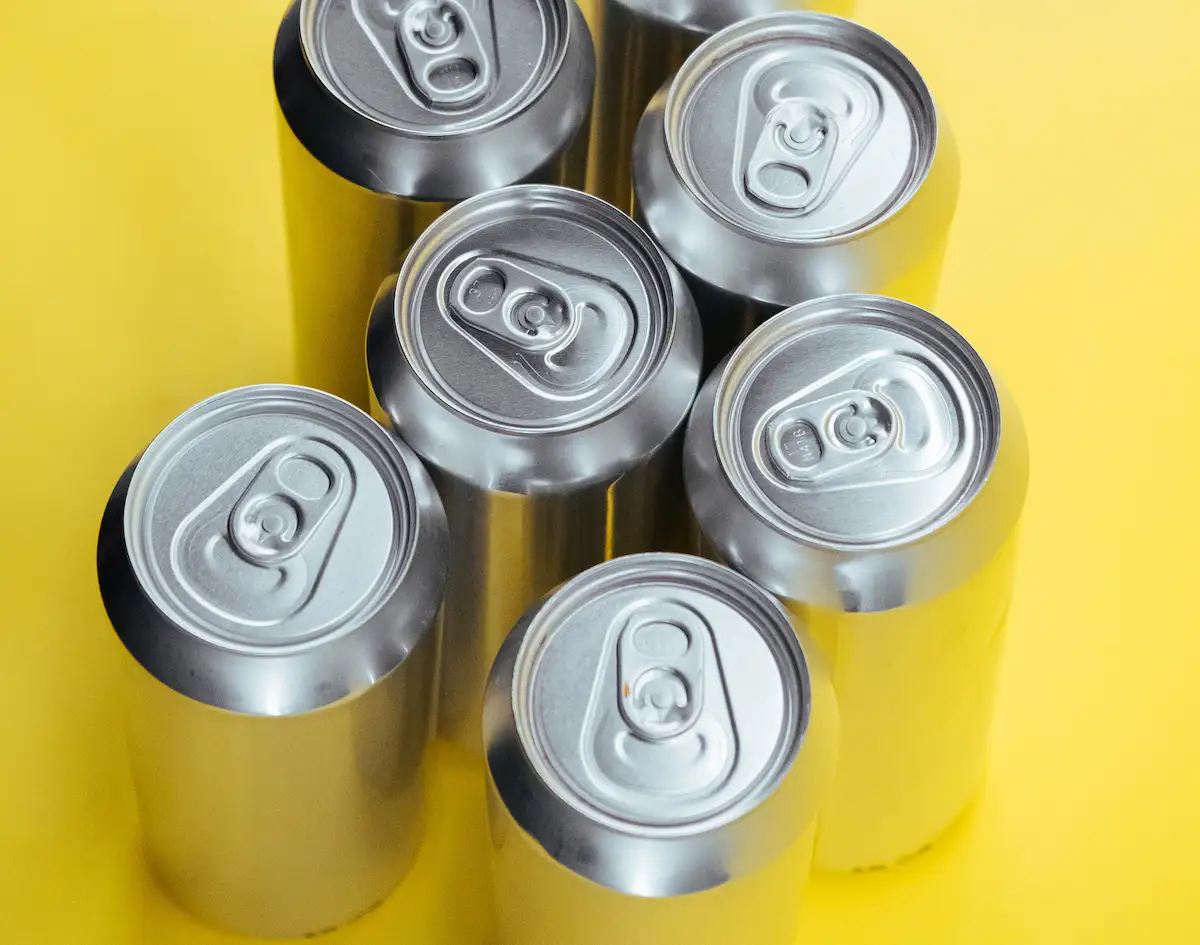
The exceptional value of recycling
An essential element of the advantages of aluminium as a material is its recyclability. Owing to its low melting point, aluminium can be melted, reshaped and repurposed for new projects. It can be recycled up to 100% with only 5% of energy consumption in comparison to the new aluminium production. Although there are some differences in terms of the properties of the new and the recycled aluminium, it does not loose its basic physical properties and may therefore be used reliably again in all the projects requiring sustainability without having to sacrifice the product’s durability. Aluminium is without equal in recycling and 60% of aluminium is currently recycled at the end of its lifecycle.
Simple finishing
The simplicity and optionality of finishing are another advantage in using aluminium. Various techniques such as polishing, sandblasting, brushing, painting, using chemical and electrochemical methods, can provide aluminium with an additional protective coating and properties, but even without them it is applicable and adaptable as it is.
Extreme strength
Although pure aluminium used for commercial purposes represents a strong structural material the tensile strength of which amounts to 90 Mpa, it can be additionally strengthened using heat treatment, cold rolling and alloys. Optimal mixtures are formed with copper, manganese and silicon.
Strength
Owing to its increasing strength and weight ratio, aluminium makes a better solution in terms of design and construction than steel. It enables the construction of lighter and stronger buildings, as well as larger openings for shutters with a better protection and a higher functionality level.
Versatility of production and application
Another advantage of aluminium as a material is its simple production in its pure and mixed state using any casting, processing and moulding method. A high level of production adaptability is evident in the production of the thinnest wires, foils and sheets, as well as large of and massive structures. It enables the production of unique and project-specific aluminium shutter profiles, providing unique solutions to all the specific needs and requirements.

Ductility
Aluminium is easily malleable and casted to form a variety of shapes, sizes, widths and elements. Used in aluminium joinery, it provides solutions to all types of technically demanding design, architecture and construction projects.
Stability at low temperature
The reason for its effective and optimal application is found in its stability at low tempeature, as well. While other metals become brittle, aluminium and its alloys become even stronger. At low temperature is shows a greater tensile strength, hardness, as well as resistance to impact and corrosion.
Therefore, aluminium shutters can be used in all types of climates, regardless of humidity and temperature. They represent a safe and long-term investment solution.
Impermeability
Aluminium is characterised by an outstanding impermeability, including odour and flavour. For this very purpose it is used in pharmaceutical products, food and drinks. Its impermeability property becomes active at the minium width of 0.007 mm, with the application in larger shapes and elements, such as shutters, where aluminium can additionally protect your building from odours, flavours, moisture and ultraviolet rays.
Paramagnetism
Aluminium usually does not attract magnets and is classified as paramagnetic. This property makes it ideal for the protection of different electronic devices, as well as for aluminium shutters, providing a security protection during their daily use in buildings.
Sound and impact absorption
Aluminium is a good material for noise reduction, providing aluminium shutters with an improved soundproofing of all the buildings in which they are installed. Resistance to impact is another protection factor. When using the aluminium foam, as well as different composition treatments, the impact on porosity and thickness, the sound and impact transmission may be enabled if necessary.
Low weight
The low specific weight of aluminium of 2.7 g/cm3 ensures low production costs, less weight upon use, and owing to its strength it preserves the load capacity and application utility. It is a convenient material suitable for a variety of applications, providing larger and more functional openings with improved properties and less weight positively affecting the entire structure of the building in which it is installed.
Conclusion on the advantages of aluminium
Aluminium is a high-quality and an adaptable recyclable metal, applied in almost all types of industry that have recognised all the advantages of aluminium as a material. Therefore, it is no wonder that it is increasingly used, with its general use increasing by 5% annually.
Owing to its strength, resistance, durability, stability and adaptability, it is widely used in joinery and the basic aluminium shutters element. It protects the building from bad weather conditions and represents a unique solution for acoustic and thermal insulation. Its composition makes it a perfect material for sunscreen blinds and shutters.
Aluminium shutters have become an elegant aesthetic accessory of every building, as aluminium enables painting using a wide variety of colours and its structure enables the creation of shapes and curves that will embellish every building. Aluminium shutters are the best solution for all types of structures and the ones increasingly recognising the main advantages of aluminium as a material in particular.

References
[1] https://en.wikipedia.org/wiki/Aluminium
[2] aluminij. Hrvatska enciklopedija, mrežno izdanje. Leksikografski zavod Miroslav Krleža, 2021. Pristupljeno 22. 4. 2021. https://www.enciklopedija.hr/natuknica.aspx?ID=2044
[3] http://www.impol-tlm.hr/aluminijum
[4] https://www.weerg.com/en/blog/aluminum-properties-and-advantages-of-aluminum-0
[5] https://www.industrialprocessnews.co.uk/the-benefits-of-using-aluminium-in-construction/

